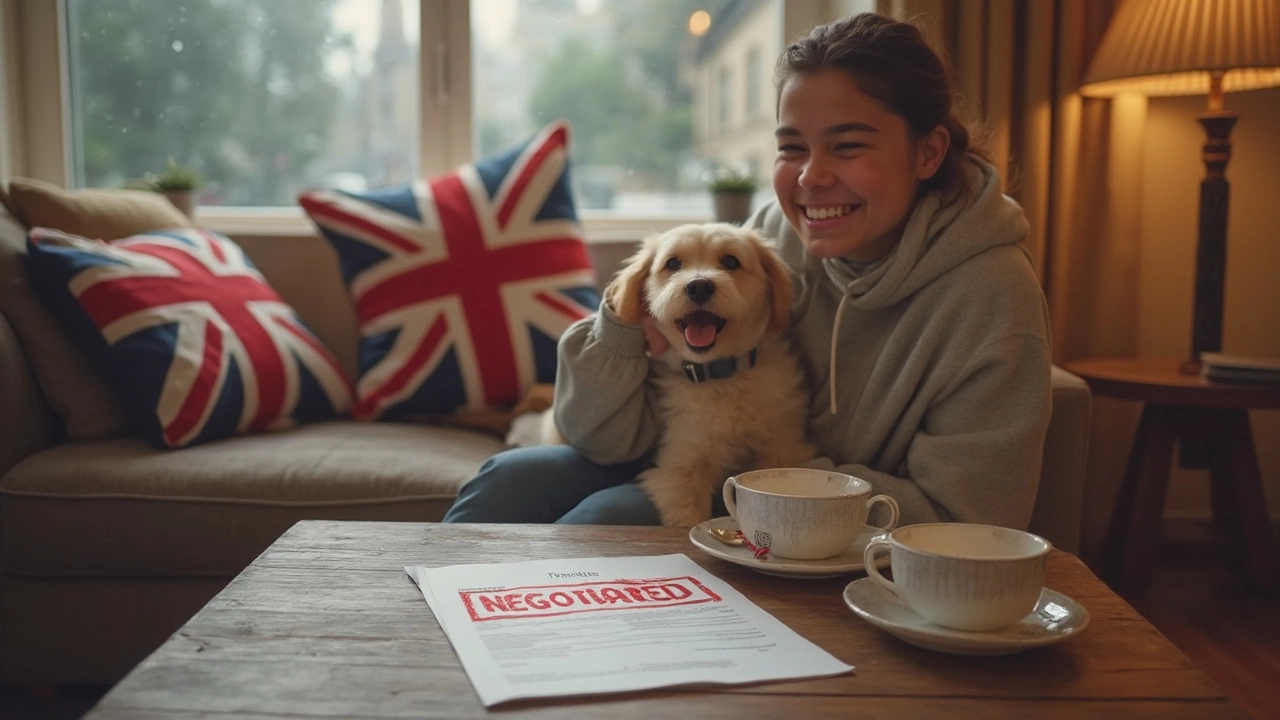Pet Fees: A Simple Guide for Renters and Landlords
Got a dog, cat, or even a rabbit and are hunting for a new place? Pet fees are the first thing that pops up on most rental ads. They can feel like a hidden cost, but they’re just the landlord’s way of covering extra wear and tear. This guide breaks down the basics so you know exactly what to expect, how to negotiate, and when a fee is fair.
What Types of Pet Fees Exist?
Most landlords use three kinds of charges: a pet deposit, a non‑refundable pet fee, and a monthly pet rent. A pet deposit is a refundable amount you get back if the pet leaves no damage. The non‑refundable fee is a one‑off charge that stays with the landlord, usually to cover cleaning. Pet rent is an extra £10‑£30 a month added to your regular rent. Some places combine two or all three, so read the lease carefully.
How Much Is Too Much?
There’s no set law that caps pet fees in the UK, but most agents keep them reasonable – typically under a month’s rent for a deposit and under £100 for a one‑off fee. If a landlord asks for a huge sum, ask for a breakdown. They should be able to explain why they think the pet will cause extra costs. If you feel it’s unfair, you can negotiate or look for a pet‑friendly landlord with lower fees.
For renters, the trick is to budget the extra cost before you sign the lease. Add the deposit, the fee, and any monthly pet rent to your total housing budget. That way you won’t be surprised when the first payment is due.
Landlords, on the other hand, should set fees based on real risk. Look at the size of the pet, its breed, and whether it’s trained. A small, well‑behaved cat usually costs less than a large, high‑energy dog. Using a tiered system (small pets = lower fee, big pets = higher fee) keeps things fair and transparent.
Both sides benefit from a clear pet policy in the lease. List what kinds of pets are allowed, any size or breed restrictions, and the exact fees. Include a clause about cleaning responsibilities – who does the deep cleaning, and what happens if the pet causes damage.
If you’re a tenant with a pet, consider offering a pet reference. A letter from a previous landlord or a vet confirming good behaviour can help lower fees. Some landlords even waive the fee if you sign a higher security deposit.
Landlords can also protect their property by doing a pre‑move‑in inspection. Take photos, note existing wear, and get the tenant to sign the condition report. This makes it easier to claim deductions from the pet deposit later if needed.
Remember, not all pets are treated the same. Service animals and assistance dogs are covered by separate legislation, and landlords can’t charge extra fees for them. If your pet falls under these categories, you have the right to waive pet fees, though you still need to keep the property tidy.
Finally, keep communication open. If a pet causes an issue, address it early. A quick fix can prevent a big charge later on. Both renters and landlords who are clear about expectations end up with a smoother tenancy and a happy pet.

How to Get Around Pet Rent Without Breaking the Rules
Tired of shelling out extra cash each month for pet rent? You're not alone. Many renters with furry friends feel squeezed by these fees, but there are smart ways to reduce or even avoid them. This article shares practical tips landlords don't usually talk about, plus facts on where pet rent is actually negotiable. Learn how to keep your pet and your wallet happy without playing dirty.